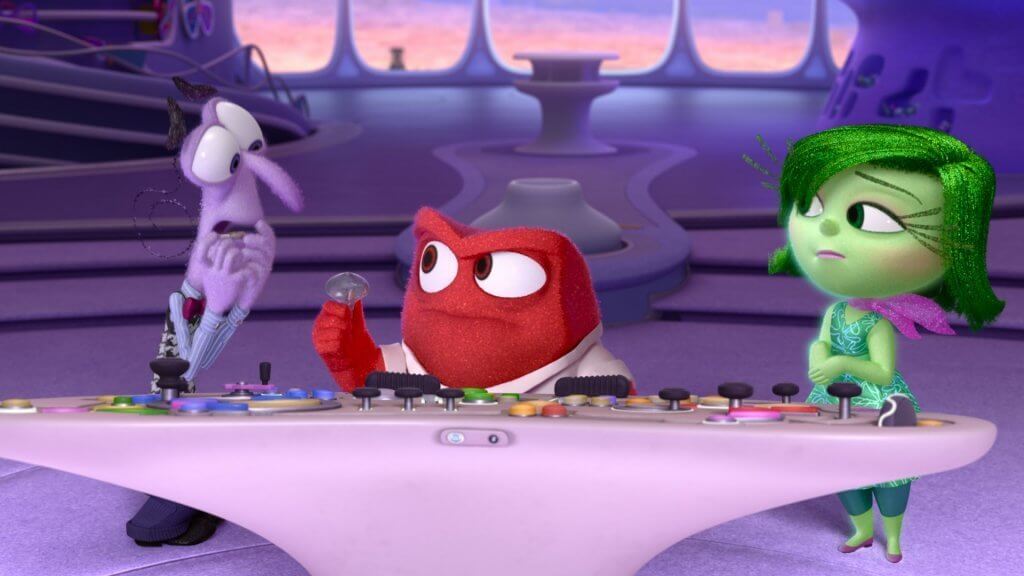Emotions precede behavior. They initiate physiological marks and mental structures that help unite memories, however, the most important thing is that emotions act as motivators of human behavior.
Emotions lead us to behave in different ways, even violently, there are emotions that make us violent. An emotion does not make us violent, it is the combination of several emotions that can lead us to use violence.
- Emotions are usually understood as a psychophysiological reaction that people feel individually.
- But through empathy we can spread emotions and make others feel the same way.
- This also happens within a group.
- One group may feel the same emotion: you may feel guilty or angry with another group.
- This is the starting point for understanding the emotions that make us violent.
ANCODI’s hypothesis, named after the English word for three emotions: anger, contempt and disgust, indicates that mixing these three emotions can lead us to use violence. She argues that anger, contempt and disgust are a volatile emotional experience, a mixture that contributes to intergroup aggression and violence through the ability of anger to motivate, contempt to devalue others, and disgust to eliminate. Hostility and violence are the result of the criminalization of hatred and anger.
Emotions can be conveyed through narratives and become a means to promote group emotions, such as hate speech that accuses a minority group or group considered an enemy.
ANCODI’s hypothesis suggests that a past fact, or historical narrative, provokes outrage and, therefore, anger, these facts are reassessed from a position of moral superiority of the group and, therefore, from the moral inferiority of the other group, resulting in The Other Group being evaluated as a group that must be avoided, rejected and even eliminated.
In this way, the emotions that make us violent follow a three-phase process that we will describe below.
In the first phase anger appears, anger is an emotion expressed through resentment and irritability, external expressions of anger can be perceived in facial expression, body language, physiological responses and sometimes public acts of aggression. Life.
In principle, certain facts lead us to perceive injustice, these facts make us look for a culprit, be it a person or a group, in such cases we generally believe that the culprit threatens the well-being of our group or our path. Therefore, these angry interpretations are aimed at the culprit.
In the second phase there is contempt, an intense sense of disrespect or recognition and aversion. Contempt implies the denial and humiliation of the other, whose moral capacity and integrity are questioned. Contempt implies a sense of superiority. One person who feels contempt sees the other with condescension. The despised person is considered unworthy.
Groups begin to reinterpret situations that cause anger and facts identified in the first phase. This assessment of the facts is made from a position of moral superiority, which implies that the group found guilty is seen as morally inferior, which in turn leads one group to despise the other.
In the last phase there is disgust or disgust, which is a fundamental and primary emotion caused by the perception of pollution or pathogens, is a universal feeling. Similar things cause disgust in the world, such as rot. Disgust is a moral emotion often used to punish people’s moral beliefs and behaviors.
At this stage another assessment of the facts is made and a new conclusion is reached, this conclusion is very simple: we must move away from the guilty group, another stronger possibility is the conclusion that it is necessary to eliminate this group. extreme form whose ideas are established by the emotion of discontent.
As we have seen, the combination of these three emotions can have disastrous consequences, these emotions that make us violent tend to distort perceptions and lead to erroneous conclusions and, ultimately, hostile behaviors, so it is essential to regulate and understand emotions through emotions. Intelligence.

